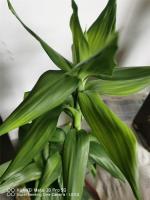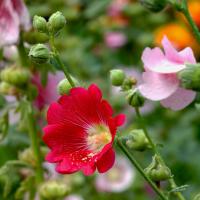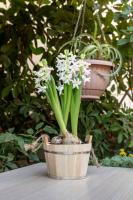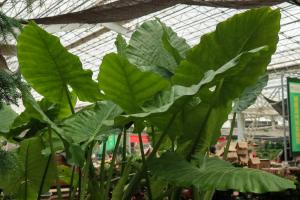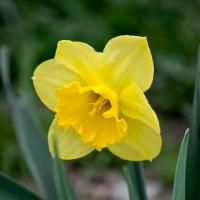Introduction
Tomatoes are one of the most popular crops among gardeners across the world. They are easy to grow and provide a bountiful harvest of juicy, flavorful fruits. However, planting tomatoes at the wrong time can result in poor yield or even complete crop failure. Therefore, it is important to know when to plant tomatoes according to the farmers almanac.
What is Farmers Almanac?
The Farmers Almanac is a reference book that has been used by farmers for centuries. It provides information on weather patterns, planting times and is considered one of the most reliable sources of agricultural information. The Almanac is based on calculations by astronomers and meteorologists and provides planting guidelines based on the lunar cycle, the position of the planets, and other natural events.
When to Plant Tomatoes According to Farmers Almanac?
According to the Farmers Almanac, the best time to plant tomatoes is determined by the last frost date for your area. Depending on where you live, the last frost date can range from mid-March to late May. Once you have determined your last frost date, you can count backward to determine the best time to plant your tomato seeds or seedlings.
If you plan to start your seeds indoors, you should start them six to eight weeks before the last frost date. This will give the seedlings time to establish themselves and grow strong roots before transplanting them into the garden. Transplanting should occur after the soil temperature is at least 60°F and there is no longer any danger of frost.
If you plan to plant your tomatoes directly in the ground, you should wait until the soil temperature is at least 60°F. This will ensure that the seeds will germinate and grow properly. You should also wait until there is no longer any danger of frost in your area.
Other Factors to Consider
While the Farmers Almanac is a great resource for determining the best time to plant tomatoes, there are other factors that you need to consider. These include the amount of sun exposure, the type of soil, and the humidity level in your area.
Tomatoes need at least six hours of direct sunlight each day to grow properly. If your garden does not receive this much sunlight, you may need to consider planting in pots and moving them around to get the best sun exposure.
The type of soil that you have in your garden can also affect the growth of your tomatoes. Tomatoes prefer well-draining soil with a pH level between 6.0 and 7.0.
Finally, the humidity level in your area can also play a role in the growth of your tomatoes. Humidity can increase the risk of fungal diseases such as blight, which can devastate your tomato crop. You may need to consider using a fungicide to prevent these diseases from damaging your plants.
Conclusion
Determining when to plant tomatoes requires careful consideration of several factors, including the last frost date, soil temperature, and other environmental factors. By using the Farmers Almanac as a guide, you will be able to determine the best time to plant your tomatoes and ensure a bountiful harvest.

 how many times do yo...
how many times do yo... how many planted tre...
how many planted tre... how many pine trees ...
how many pine trees ... how many pecan trees...
how many pecan trees... how many plants comp...
how many plants comp... how many plants can ...
how many plants can ... how many plants and ...
how many plants and ... how many pepper plan...
how many pepper plan...